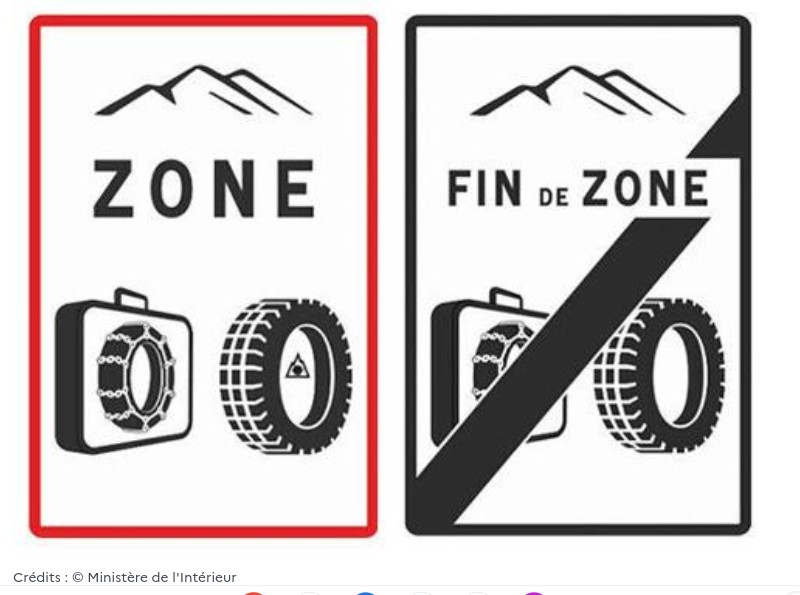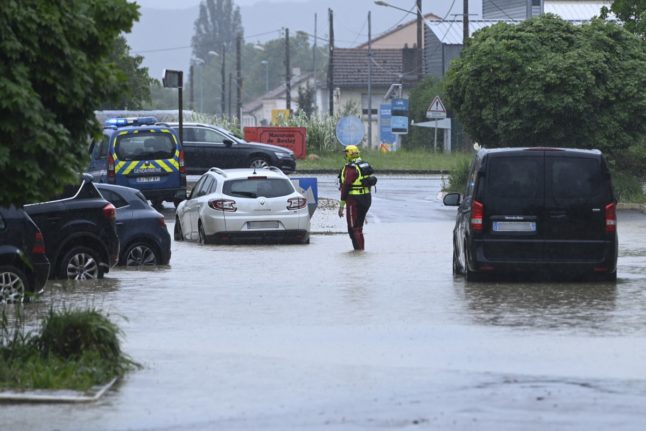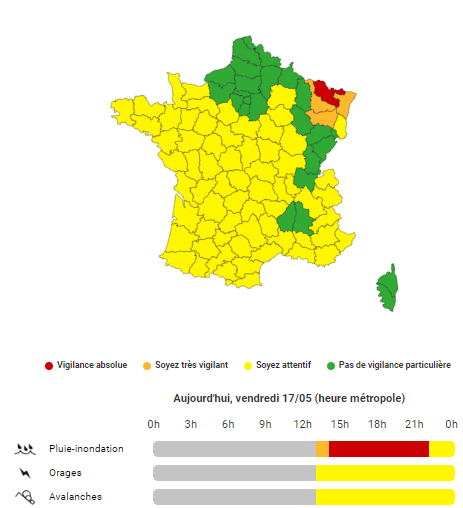If you are driving in certain parts of France – usually mountainous areas – from November 1st to March 31st, then you may be required to have winter equipment for your car.
France introduced a new law, the Loi Montage II (mountain law II), in 2020 making winter tyres compulsory in certain areas. While implementation was supposed to start in 2021, it ended up being delayed until the start of 2023.
Motorists are expected to abide by the rules. In future years, failure to comply will result in fines, but 2023-2024 season will be another ‘education’ year, according to the French government. This means that no penalties will be issued during this year’s winter season.
Here are the rules you should know;
The mountain law makes either snow tyres, all-weather tyres or chains compulsory in 34 of France’s 96 mainland départements – generally those areas which are mountainous.
With those 34 départements, local authorities pick which roads the new rules apply to.
You can use this interactive map to see each of the communes affected by the mountain law.
If you’re entering an area where snow tyres or chains are compulsory you will see the sign on the left, while the one on the right tells you are leaving the enforcement zone.

The law runs from November 1st to March 31st.
Many other European countries also have rules on snow tyres so if you are driving to a European neighbour during winter time, you should check what the rules are in that respective country. The European Consumer Centre France has a handy map outlining the different rules in Europe.
In France, cars and other light commercial vehicles (with the M1 or N1 status) must either fit the car with at least two chains or employ four winter tyres.
Winter tyres (pneus contact/pneus neige/pneus hiver) – if you are using snow tyres or all weather tyres, these must be fitted to all four of your vehicles’ wheels when you enter an area covered by the mountain law. By the decree, these tyres should be designated as ‘3PMSF’ (3 peak Mountain Snow Flake). These tyres might be marked ‘M+S’, ‘M.S’ or ‘M&S’.
The 2023-2024 winter season will be the final one where ‘M+S’ tyres are allowed.
Studded tyres (pneus cloutés/pneus à crampons) – These are tyres adapted to drive on icy roads. As a general rule, you may use studded tyres from November until the end of March. Regional governments may adapt this date to local weather conditions, but they are not compulsory. Vehicles fitted with studded tyres are not required to have any extra equipment.
Chains (chaînes) – if you use chains instead of winter tyres you only need these on two wheels of your car. They are allowed on all roads covered in snow, whatever the season.
Chaussettes à neige – ‘snow socks’ – these are similar to chains, and again are only required for two wheels on the car. They tend to be a more affordable option.
You can find full detail on the winter rules here.
French vocab
Tomber en panne – break down
Route barré – road closed
Déviation – diversion
Antigel – antifreeze
Route glacée – icy roads
Antipatinage – Traction control
Liquide de lave-glace spécialement adapté aux conditions hivernales – Windshield washer fluid adapted for winter conditions






 Please whitelist us to continue reading.
Please whitelist us to continue reading.
Member comments